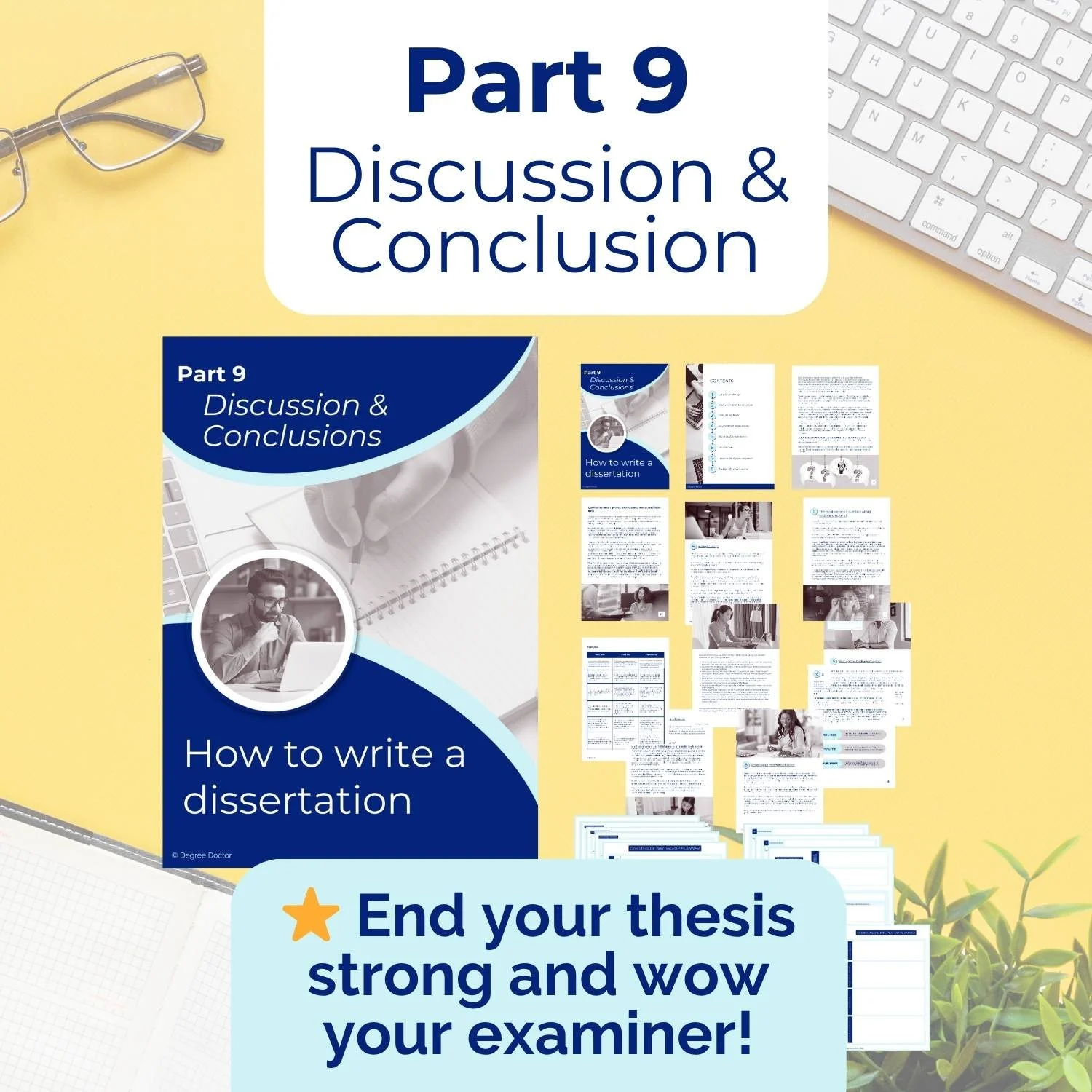Nailing Your PhD Discussion Chapter (without losing your mind)
Writing the PhD discussion chapter is like answering that annoying “So, what?” question about your research. And let’s be real, most of PhD folks dread this part. Why? Because it’s the chapter where everything has to come together - your findings, the literature, the theory - and it can feel like trying to piece together a jigsaw puzzle in the dark.
Oh, and hands up if you haven’t looked at your literature review in months (or years). Totally normal! The lit review is the OG headache of the PhD process, so no judgment here. But ignoring it for too long can make your discussion chapter feel shallow or disconnected. And we don’t want that.
Here’s how to get it done—and done well.
What’s the point of a discussion chapter, anyway?
Your discussion is where you explain what your findings mean. Not just for your research, but for the field as a whole. It’s where you flex your critical thinking muscles and show how your work builds on, challenges, or fills gaps in the existing knowledge.
How to structure your discussion chapter (without overcomplicating it)
1. Recap (Keep it Snappy)
Start with a quick refresh: what were your aims and objectives? What did you set out to do? Then, summarise your key findings in a nutshell. No need for endless details—save the deep dive for later.
2. Chapter Map (AKA, Show Them the Roadmap)
Let your reader know what’s coming up in this chapter. This section is best written after you’ve drafted the rest of the discussion (because trust me, things will change as you go).
3. Main Body (The Meat of the Chapter)
Here’s where you get into it.
Themes or Headings: Group your findings into 3–5 themes. Too many? Combine them. Too few? Flesh them out.
Link Back to the Literature: For each theme, explain what the lit says, how your findings fit (or don’t fit), and what gaps you’re filling.
Be Critical: Don’t just describe—analyze. Highlight what’s groundbreaking, what’s surprising, and where the gaps are.
4. Limitations (Keep It Honest)
No study is perfect, and that’s okay. Reflect on what you could have done differently, what data you wish you had, or any hiccups along the way. This shows you’re self-aware, not careless.
5. Future Research (Pass the Baton)
Think about what’s next for your field. What doors does your research open? What questions are still unanswered? This is your chance to inspire future studies while showing off how your work sets the stage for them.
How to integrate your literature review (without rewriting the whole thing)
The key to a killer discussion chapter is tying your findings back to the lit review. Here’s how to do it:
Step 1: Break It Down
Organize your findings into a few themes or headings. If you’ve got too many, group them. If you’ve got too few, unpack them further. Aim for 3–5 sections.
Step 2: Make the Connections
For each theme, dig into the literature:
What does it already say about this topic?
How do your findings add to, challenge, or fill gaps in the existing knowledge?
What’s unique about your contribution?
Step 3: Bring It All Together
After you’ve tackled each theme, zoom out. How do your findings relate to each other? To your research questions? To the bigger picture? This is where you pull everything into a cohesive narrative.
Final Thoughts
Yes, writing your discussion chapter is a big deal. But you’ve got this. Take it step by step: revisit your lit review, map out your themes, analyze your findings, and tell the story of your research. This is your chance to show the world why your PhD matters, so own it!
Now go on and smash that chapter - you’re closer to the finish line than you think. 🚀
Need my help with writing up your whole PhD?
Check out my PhD Survival Guide series! Details below!
